Is it possible to detect the upper side of a dice? While this will be an easy task if you look from the top, from many perspectives multiple sides are visible.
Here is an example of a dice, feel free to take your own pictures:

You usually want to know the score you have achieved. It is easy for me to extract ALL dots, but how to only extract those on the top? In this special case, the top side is the largest, but this might not always be true. I am looking for someting which evaluates the distortion of the top square (or circle in this case, which I can extract) in relation to the perspective given by the grid in the bottom.
Example program with some results is given below.
import numpy as np
import cv2
img = cv2.imread('dice.jpg')
# Colour range to be extracted
lower_blue = np.array([0,0,0])
upper_blue = np.array([24,24,24])
# Threshold the BGR image
dots = cv2.inRange(img, lower_blue, upper_blue)
# Colour range to be extracted
lower_blue = np.array([0,0,0])
upper_blue = np.array([226,122,154])
# Threshold the BGR image
upper_side_shape = cv2.inRange(img, lower_blue, upper_blue)
cv2.imshow('Upper side shape',upper_side_shape)
cv2.imshow('Dots',dots)
cv2.waitKey(0)
cv2.destroyAllWindows()

